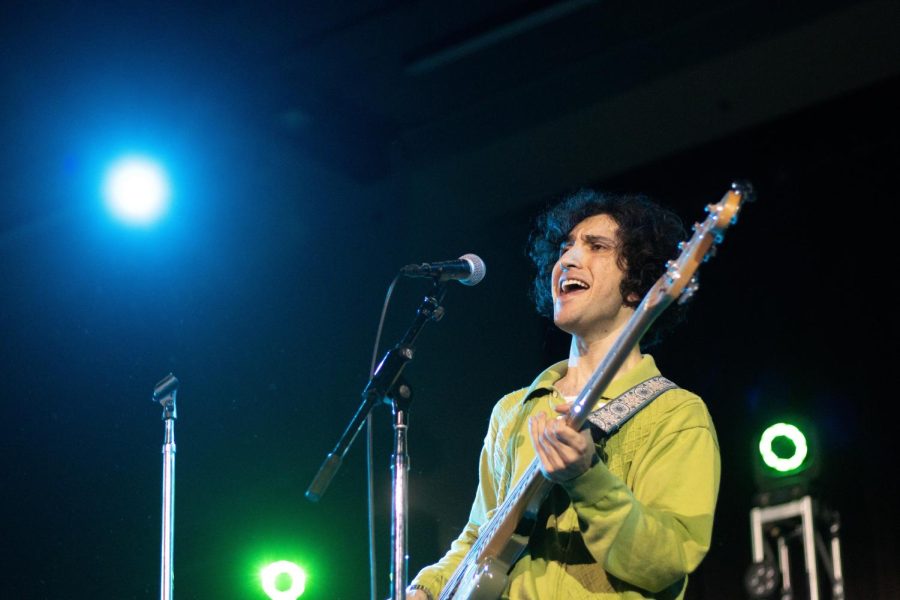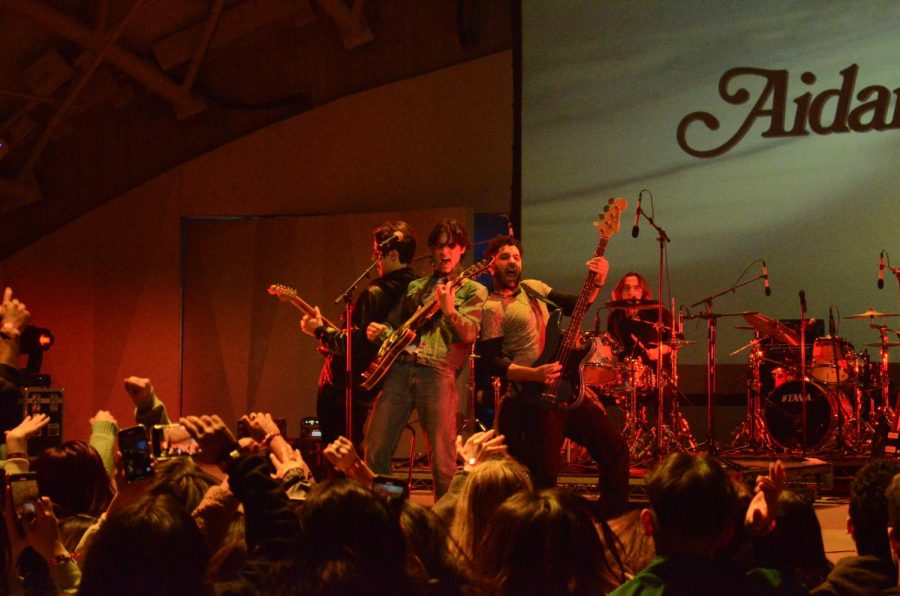As surprising as it may be to many, “”Whose Line is it Anyway”” and Wayne Brady’s (a former TheatreSports performer) new daytime talk show are not the end-all, be-all of comedic improvisation.
The first annual International TheatreSports Institute Conference and All Star Games took place this weekend in Hillcrest, just a few miles and three freeways away from UCSD. With this conference, San Diego was the chosen location for the major meeting of the minds of improvisational theater representatives from around the world.
Though it is popular, improvisational theater has yet to be included in mainstream popular theater. This is the dilemma that caused the creative minds behind TheatreSports to form the conference to discuss both artistic and administrative problems of performers, artistic directors and managing directors from all walks of life to piece together how to improve the universe of improv.
Over the weekend, two TheatreSports committees (one artistic and one management-oriented) revealed and discussed the problems that they face within the theater world. They found the chief management problems to be getting publicity, accruing funding or sponsorship, and receiving the respect of the community in which they perform. The major challenges that plague the artistic managers are building an ensemble, upholding artistic integrity and training new improvisers. Several of these problems were addressed in the All Star Games that supplemented the conference.
A handful of San Diego patrons got a taste of “”theatrical insanity”” with an exceedingly talented international cast of improvisers at Swedenborgian Hall in Hillcrest. Players from Japan and New Zealand joined Canadians from Edmonton, Toronto, Calgary and Vancouver to battle against Americans from accross the country in the first ever International TheatreSports All Star Games.
“”We’re excited to pull together such an amazing group of improvisers from all over the world,”” said conference coordinator Laurie Seaman. “”Not only will these artists get an opportunity to exchange ideas at the conference, but [they] will get the chance to perform … with some of the best improvisers in the world.””
A standard improv scene may look like this: Four actors appear on stage. One assumes the role of a lonely child, quietly singing her dolly a lullaby. Another actor, playing her brother, walks over to the child and stands behind her, coveting the dolly because he was stripped of his in favor of a more robust “”G.I. Joe”” action figure. Per the audience’s suggestion, the third actor becomes the children’s nanny, who also happens to be a giant lizard, while the fourth simply continues barbecuing his pantomimed baby-back ribs. It’s fun, silly and different every time.
Keith Johnson, the creator of TheatreSports San Diego, directed all of the All Star Games. Johnson is internationally known as the “”father of competitive improv.”” His different formats of competitive improv, including the aforementioned TheatreSports system, Mice-tro “”death match improv,”” and Gorilla Theater, in which directors compete to put together the best improvised scene with the winner being paid in bananas, are practiced internationally.
So what do you get when you take a homesick giant and put him on a blind date with Yosemite Sam’s daughter, remove the concept of gravity and have their waiter speak only Japanese gibberish? I couldn’t tell you, but it sure is funny.
With all of the discussion, reworking and fun that came out of the conference, the single aspect of all things that most deeply affects improvisational theater — and in essence all theater — is a lack of consistent attendance. Be a part of the success of TheatreSports and the ITI Conference and support comedic theater on the rise. And hey, they seem to be looking for actors — maybe mail in a headshot and we’ll see you up on stage.







